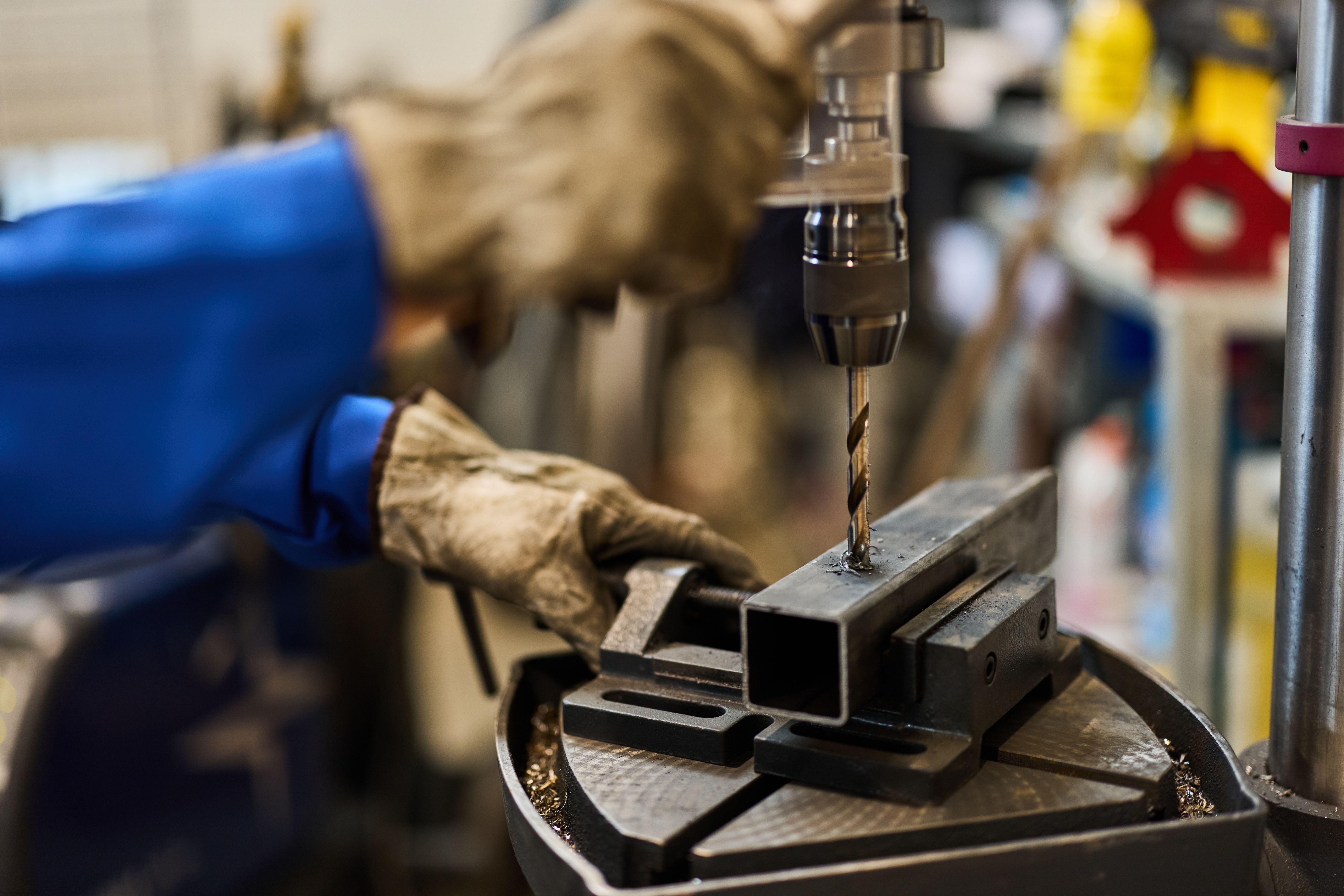Exploring the Features of Magnet Drills
RR
Introduction to Magnet Drills
Magnet drills, also known as magnetic drilling machines, are powerful tools used primarily in metalworking to drill precise holes in various types of metal. These versatile machines are essential in industries such as construction, manufacturing, and engineering. The unique selling point of magnet drills is their electromagnetic base, which allows them to adhere securely to metal surfaces, providing stability and precision during operation.
Their ability to attach to vertical or overhead surfaces makes them particularly effective for on-site jobs where conventional drilling equipment might fall short. Understanding the features and capabilities of magnet drills can help you select the right tool for your specific needs and projects.

Key Features of Magnet Drills
Electromagnetic Base
The electromagnetic base is a standout feature of magnet drills, offering unparalleled stability. This feature allows the drill to securely anchor itself to ferrous metal surfaces, minimizing the risk of slipping or movement during drilling. It's a critical component for ensuring accuracy and safety, especially when working in challenging positions or with heavy materials.
Variable Speed Control
Many magnet drills come equipped with variable speed controls, allowing users to adjust the drilling speed to match the material they are working with. This feature is vital for achieving a clean and precise cut, as different metals and thicknesses require different speeds for optimal results. The ability to customize speed enhances both the efficiency and lifespan of the drill.

Additional Features of Magnet Drills
Automatic Feed
Some advanced models of magnet drills feature an automatic feed system. This system automatically advances the drill bit into the material, reducing manual effort and ensuring consistent pressure and speed during the drilling process. This feature is particularly beneficial for long or repetitive tasks, improving both productivity and consistency.
Integrated Coolant System
To facilitate smooth operation and prolong tool life, many magnet drills are designed with an integrated coolant system. This system helps dissipate heat generated during drilling, preventing overheating and maintaining the integrity of the drill bit. It also aids in providing a cleaner cut by reducing friction between the drill bit and the material.

Choosing the Right Magnet Drill
Consider the Application
When selecting a magnet drill, it's essential to consider the specific applications and environments in which you will be using it. For instance, if you frequently work on vertical or overhead surfaces, a model with a strong electromagnetic base and lightweight design might be ideal. Additionally, the type of material and thickness you typically work with will influence your choice in drill speed and power requirements.
Evaluate Power and Portability
Power and portability are crucial factors to consider. While more powerful drills can handle tougher materials and larger drill bits, they may also be heavier and less portable. Conversely, a lightweight model might be easier to transport but may not offer the same level of performance on thicker materials. Balancing these factors according to your needs will help ensure you choose a suitable magnet drill.
Ultimately, understanding these features and how they relate to your specific use case will empower you to make an informed decision, enhancing both the productivity and quality of your work.